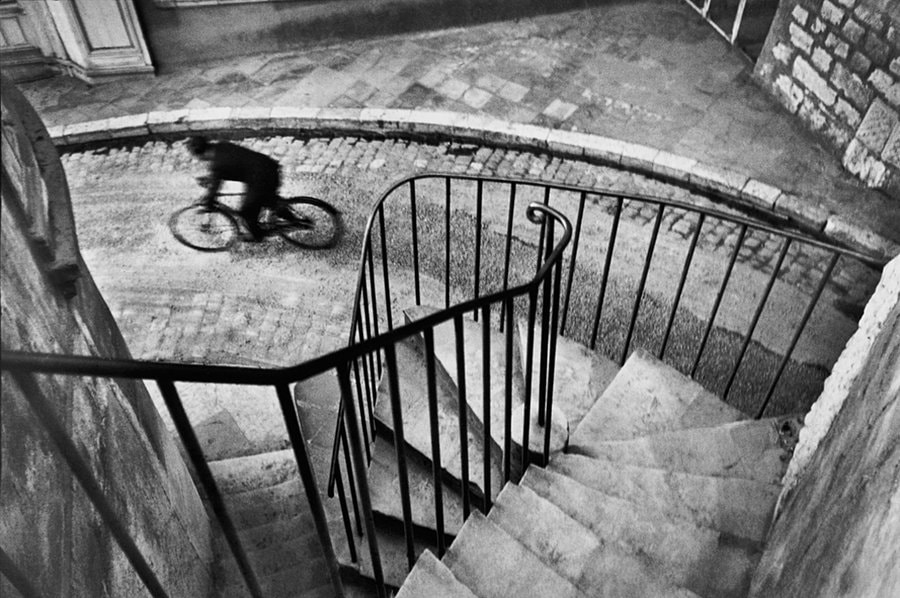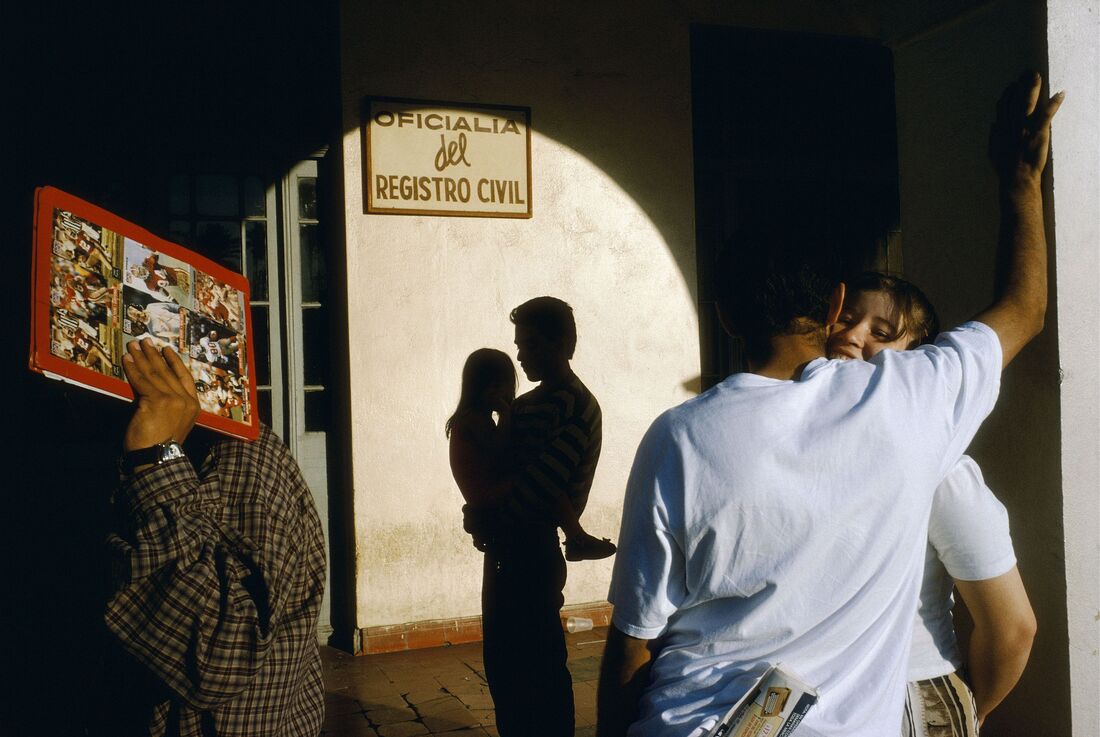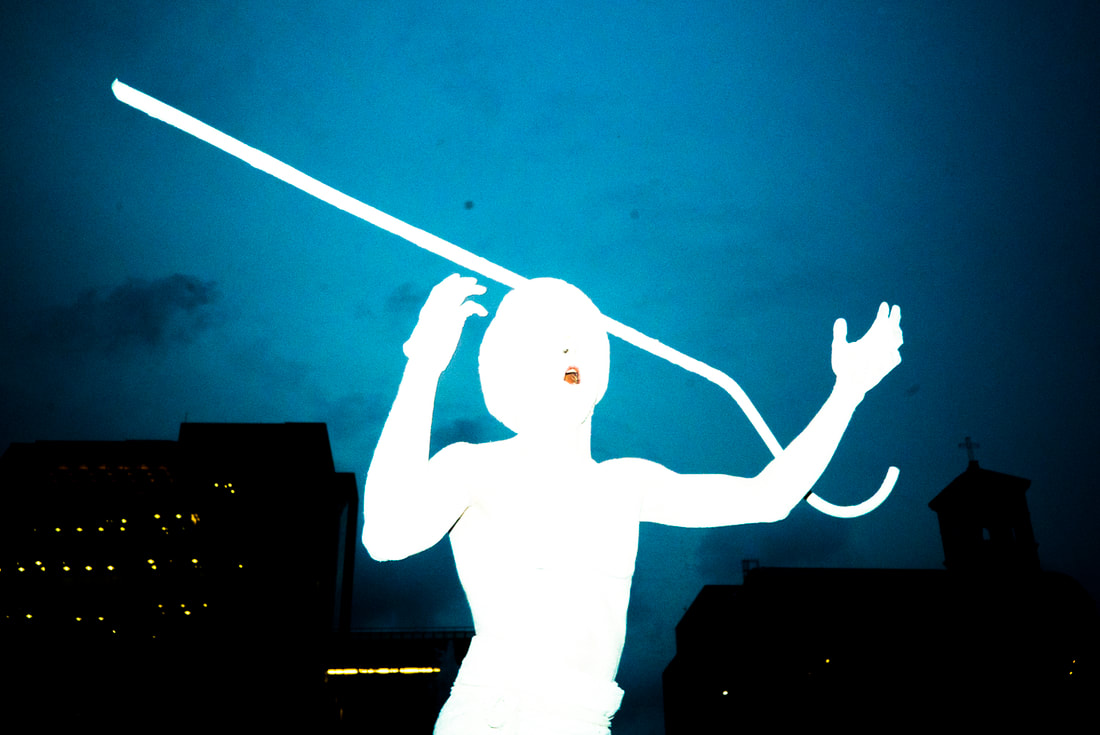Before we go deep into the topic, let's dive into the specific word about “visual art” and “photography” itself.
What is visual art?
The visual arts are art forms such as painting, drawing, printmaking, sculpture, ceramics, photography, video, filmmaking, design, crafts, and architecture. [Ref: Wikipedia.org/Visual_arts]
What is photography?
The word "photography" was created from the Greek roots φωτός (phōtos), genitive of φῶς (phōs), "light" and γραφή (graphé) "representation by means of lines" or "drawing", together meaning "drawing with light". [Ref: Wikipedia.org/Photography]
What is visual art?
The visual arts are art forms such as painting, drawing, printmaking, sculpture, ceramics, photography, video, filmmaking, design, crafts, and architecture. [Ref: Wikipedia.org/Visual_arts]
What is photography?
The word "photography" was created from the Greek roots φωτός (phōtos), genitive of φῶς (phōs), "light" and γραφή (graphé) "representation by means of lines" or "drawing", together meaning "drawing with light". [Ref: Wikipedia.org/Photography]
[**Now pause your thought for a moment and remember the word “drawing”**]
Before the first camera was invented, the most common visual art that we can relate to are paintings and drawings, and the most common tools for this type of visual art is by using a blank paper (or canvas) and the mixture of a variety of colors (not forgetting the brushes, pencils, crayon and other tools as well).
As time goes by, the camera technology came along thus creating a new branch of visual arts that carries along with its genre throughout the world. Remember the word drawing that I’ve mentioned earlier? Yes, the main objective of photography is to draw with light!
In a nutshell, a photographer is also a visual artist!
Before the first camera was invented, the most common visual art that we can relate to are paintings and drawings, and the most common tools for this type of visual art is by using a blank paper (or canvas) and the mixture of a variety of colors (not forgetting the brushes, pencils, crayon and other tools as well).
As time goes by, the camera technology came along thus creating a new branch of visual arts that carries along with its genre throughout the world. Remember the word drawing that I’ve mentioned earlier? Yes, the main objective of photography is to draw with light!
In a nutshell, a photographer is also a visual artist!
The History of Street Photography
Now let’s take a step back and learn some history lesson about street photography, shall we?
The definition of Street photography has evolved in conjunction with its technological advances from its origin of metal and glass plates, to film, to digital. The definition of the street photographer is also different from 1918 to today.
In Edwardian times it used to be a photographer who would take portraits on the street for a fee. During the two World Wars, the photography genre could also have been argued to be under the umbrella term of ‘war photography’ and possibly photojournalism.
Post-war saw the growing affordability of cameras and the consequent boom in candid and social documentary photography. Photographers such as Henri-Cartier Bresson and Diane Arbus who documented the everyday weird and wonderful in the 1950s were probably the pioneers of what we are familiar with today.
The definition of Street photography has evolved in conjunction with its technological advances from its origin of metal and glass plates, to film, to digital. The definition of the street photographer is also different from 1918 to today.
In Edwardian times it used to be a photographer who would take portraits on the street for a fee. During the two World Wars, the photography genre could also have been argued to be under the umbrella term of ‘war photography’ and possibly photojournalism.
Post-war saw the growing affordability of cameras and the consequent boom in candid and social documentary photography. Photographers such as Henri-Cartier Bresson and Diane Arbus who documented the everyday weird and wonderful in the 1950s were probably the pioneers of what we are familiar with today.
With recent technological advancement in camera equipment & photography technology, we found that the Street Photography genre has evolved to be one of the visual arts that has its own unique identity. The core idea of “Street Photography” is still there (which is taking pictures of strangers on the street), but the execution and the results carry the identity of the photographer itself.
Visual Art in Street Photography
Some people might think that street photography is the easiest genre in photography. You just need a camera (regardless of what it is as long as it can take pictures), went out on the street, then boom! You’ve got yourself a street photo! It’s so easy even kids can do it. Right?
Honestly, it is not as easy as it seems.
With a plethora of street photos on the internet and social media, it is easy to judge that this type of photography is pointless. Therefore, for us to make good street photography and differentiate our work with the mass, it is crucial to understand WHY we do the thing that we do.
What is the purpose of street photography anyway?
Since photography is one form of visual art, let’s understand the purpose behind the objective or purpose of the art itself. Based on Wikipedia [Ref: Wikipedia.org/Art#Purpose] there are two major purposes of art:
1. Non-motivated functions: Technically this type of art does not have any specific external purpose. In this sense, Art was used as creativity for self-expression such as:
2. Motivated functions: It refers to intentional, conscious actions on the part of the artists or creator. These may be to bring about political change, to comment on an aspect of society, to convey a specific emotion or mood, to address personal psychology, to illustrate another discipline, to (with commercial arts) sell a product, or simply as a form of communication.
Honestly, it is not as easy as it seems.
With a plethora of street photos on the internet and social media, it is easy to judge that this type of photography is pointless. Therefore, for us to make good street photography and differentiate our work with the mass, it is crucial to understand WHY we do the thing that we do.
What is the purpose of street photography anyway?
Since photography is one form of visual art, let’s understand the purpose behind the objective or purpose of the art itself. Based on Wikipedia [Ref: Wikipedia.org/Art#Purpose] there are two major purposes of art:
1. Non-motivated functions: Technically this type of art does not have any specific external purpose. In this sense, Art was used as creativity for self-expression such as:
- The basic human instinct for harmony, balance, rhythm.
- Experience of the mysterious.
- Expression of the imagination.
- Ritualistic and symbolic functions.
2. Motivated functions: It refers to intentional, conscious actions on the part of the artists or creator. These may be to bring about political change, to comment on an aspect of society, to convey a specific emotion or mood, to address personal psychology, to illustrate another discipline, to (with commercial arts) sell a product, or simply as a form of communication.
From my own personal observation, the most common purpose of Street Photography is Non-motivated functions which carry the expression of:
So technically, if you don’t have any purpose or reason WHY you make those photos, the audience WILL notice it and they will judge your photos as meaningless.
- The basic human instinct for harmony, balance, rhythm.
- Experience of the mysterious.
- Expression of the imagination
So technically, if you don’t have any purpose or reason WHY you make those photos, the audience WILL notice it and they will judge your photos as meaningless.
Getting Inspiration from other Street Photographers
With the information provided earlier, now you’ve probably got some purpose on your mind. But to kick the inner desire to start and take photos, you will need some inspiration or reference, right?
Below is the list of my personal inspiration of street photographers:
Click on each name above and view their work. Those people are the pioneer in street photography. I would personally label them as “the conventional street photographers”.
Below is the list of my personal inspiration of street photographers:
- Alex Webb
- David Alan Harvey
- Nikos Economopoulos
- Bruce Gilden
- Harry Gruyaert
- Bruce Davidson
- Trent Parke
Click on each name above and view their work. Those people are the pioneer in street photography. I would personally label them as “the conventional street photographers”.
Now let’s visit these street photographers, shall we?
The list above is some of the photographers that I personally love their work. They are the type of street photographers that goes beyond the conventional way of photographing the strangers on the street. I would call them – “the modern street photographers”.
- Pau Buscato
- Kanrapee Chokpaiboon
- Gustavo Minas
- Rammy Narula
- Barry Talis
- Pong Tinnakorn
- Taras Bychko
- Pranto Nayan
The list above is some of the photographers that I personally love their work. They are the type of street photographers that goes beyond the conventional way of photographing the strangers on the street. I would call them – “the modern street photographers”.
Which one do you prefer? It is totally up to you. If you like to explore and gain more inspiration from other photographers beyond the list that I’ve shared above, you can visit the link below:
Copy First, Later Improvised
Now you’ve got some reference ready on the table and you can now start copying their style and slowly develop your skills over time.
Personally, for me, copying is one way of learning. There is nothing wrong about copying other people’s work – but please don’t be proud of it. Use this method only to learn how other photographers create their peace of art. Once you’ve learned the technique, you will need to be able to improvise and develop your own unique style.
How to achieve that?
Try to create a specific photography project for yourself. Set a specific topic or composition, a specific camera and lens to create the images, and a specific timeframe for it. By doing this, you are provoking your mind and you will force yourself to learn and explore your creativity throughout the process. Trust me, slowly you will develop the “art of seeing” that only you know when to press the shutter.
Nevertheless – people acceptance to art is subjective. Some people might like it and some people might hate it. Therefore, you will need to plant at the back of your mind that your project is not to impress other people – but to learn new things and to explore your creativity. Why?
Because photography nowadays is a child’s play. Everybody has a camera with them (don’t believe me? Look at your family members. Who does not own a smartphone with a built-in camera nowadays, right?). So, chill out and just be creative. If you are proud of the images you’ve created, print it out and hang it on your wall. Be proud of yourself.
Personally, for me, copying is one way of learning. There is nothing wrong about copying other people’s work – but please don’t be proud of it. Use this method only to learn how other photographers create their peace of art. Once you’ve learned the technique, you will need to be able to improvise and develop your own unique style.
How to achieve that?
Try to create a specific photography project for yourself. Set a specific topic or composition, a specific camera and lens to create the images, and a specific timeframe for it. By doing this, you are provoking your mind and you will force yourself to learn and explore your creativity throughout the process. Trust me, slowly you will develop the “art of seeing” that only you know when to press the shutter.
Nevertheless – people acceptance to art is subjective. Some people might like it and some people might hate it. Therefore, you will need to plant at the back of your mind that your project is not to impress other people – but to learn new things and to explore your creativity. Why?
Because photography nowadays is a child’s play. Everybody has a camera with them (don’t believe me? Look at your family members. Who does not own a smartphone with a built-in camera nowadays, right?). So, chill out and just be creative. If you are proud of the images you’ve created, print it out and hang it on your wall. Be proud of yourself.
Consistency
Another key point to take note is being consistent. It’s hard, I know. But it is very important if you want people to remember your name. By having consistency over your visual art – you will slowly gain your unique audience. It may take months or maybe years or maybe a decade to gain your own audience – just bear with it and be patient. Even Alex Webb himself takes about 3 decades to be able to produce one photo book that includes his most iconic photos and make him famous worldwide. [Ref: Alex-Webb/The-suffering-of-light/]
Believe me, sooner or later, people will remember that distinctive style, and when people remember that style – automatically they will recall your name.
And last but not least - when you are feeling down during those process, remember this quote:
Believe me, sooner or later, people will remember that distinctive style, and when people remember that style – automatically they will recall your name.
And last but not least - when you are feeling down during those process, remember this quote:
“Your first 10,000 photographs are your worst.” - Henri Cartier-Bresson
Thanks for your time for reading this blog post. Cheers!
Thanks for your time for reading this blog post. Cheers!
If you like my post, kindly follow me at:
Instagram: @hisham_snapbyme
Youtube: Hisham Ahmad
Facebook Page: Street Photography by Hisham Ahmad
Instagram: @hisham_snapbyme
Youtube: Hisham Ahmad
Facebook Page: Street Photography by Hisham Ahmad





 RSS Feed
RSS Feed